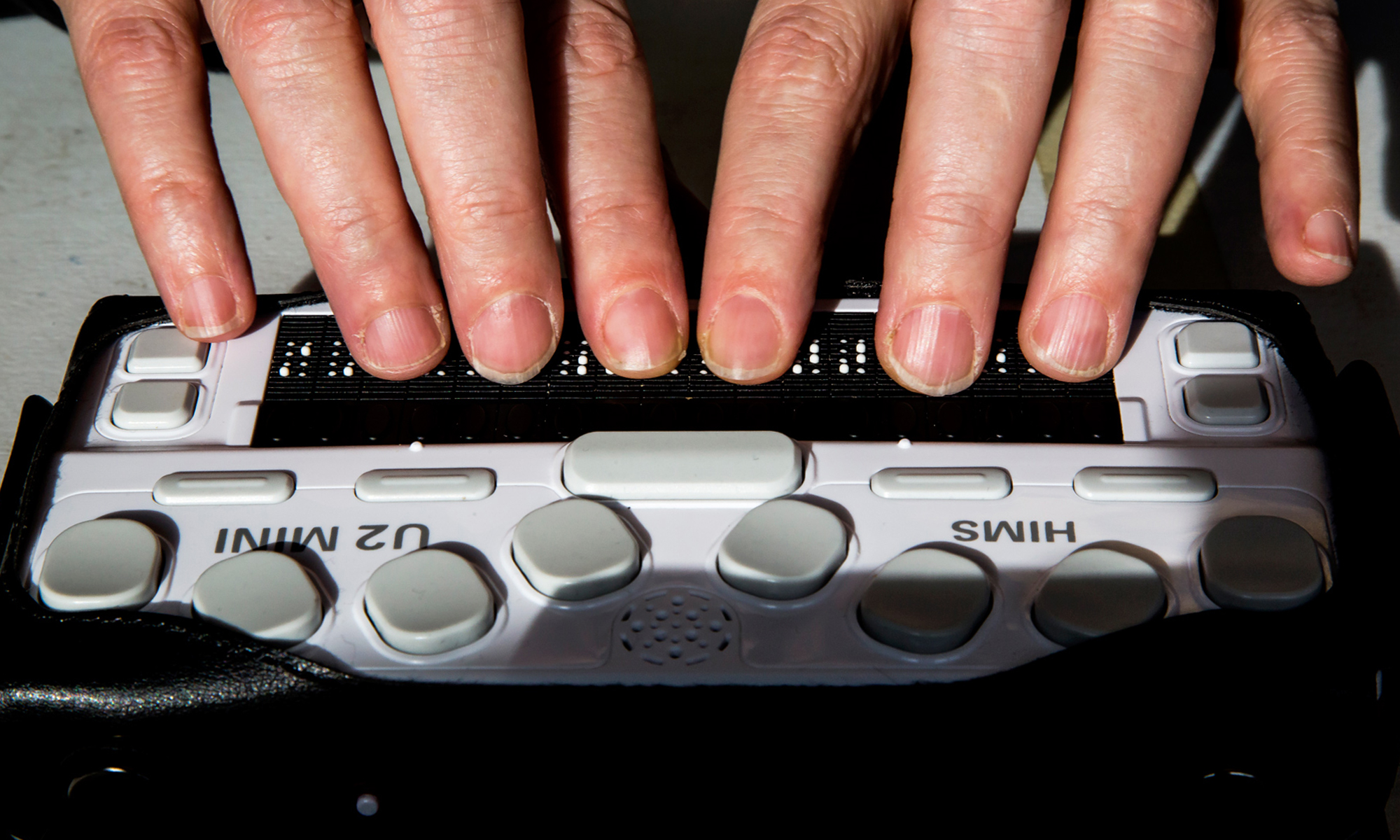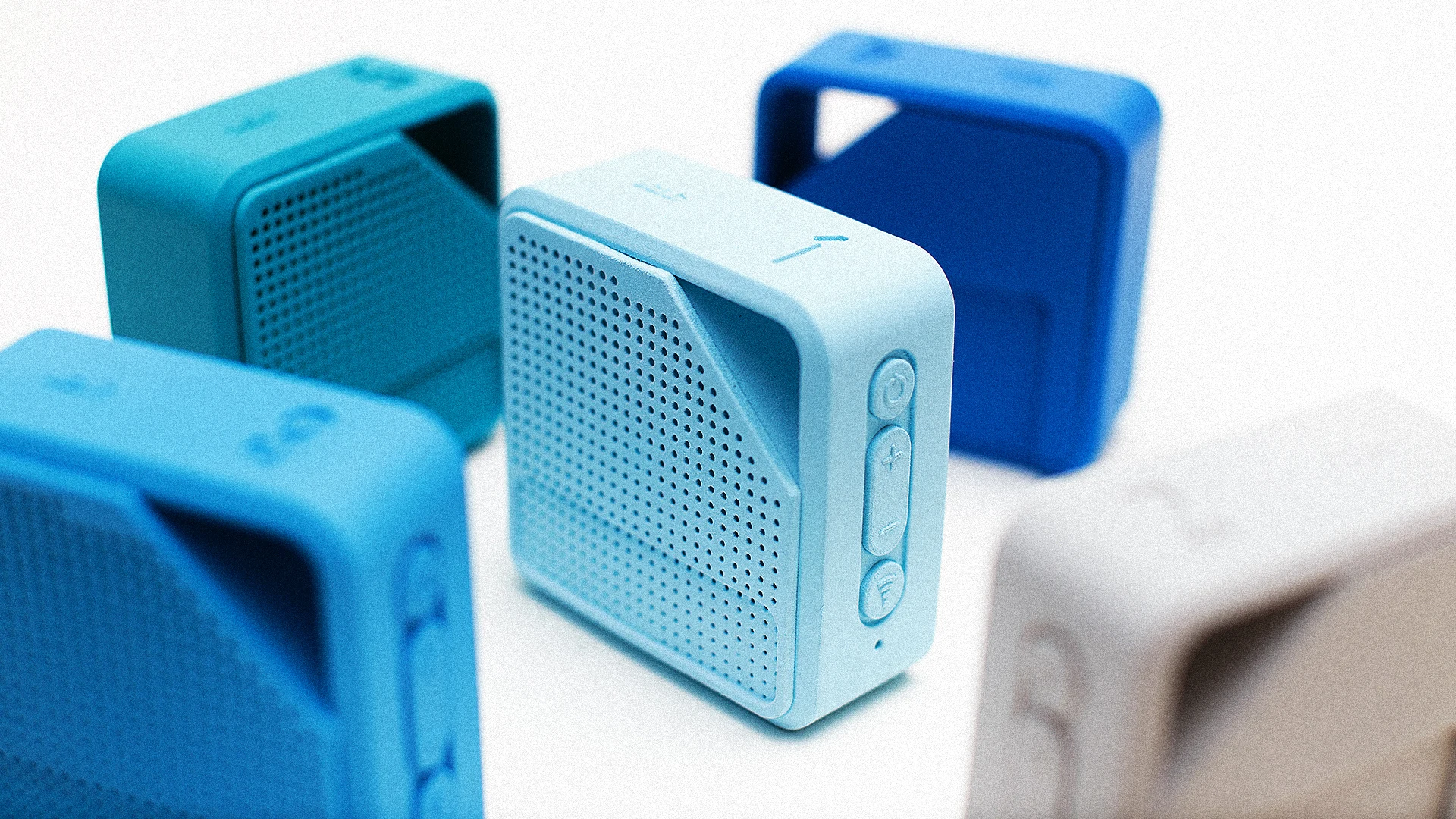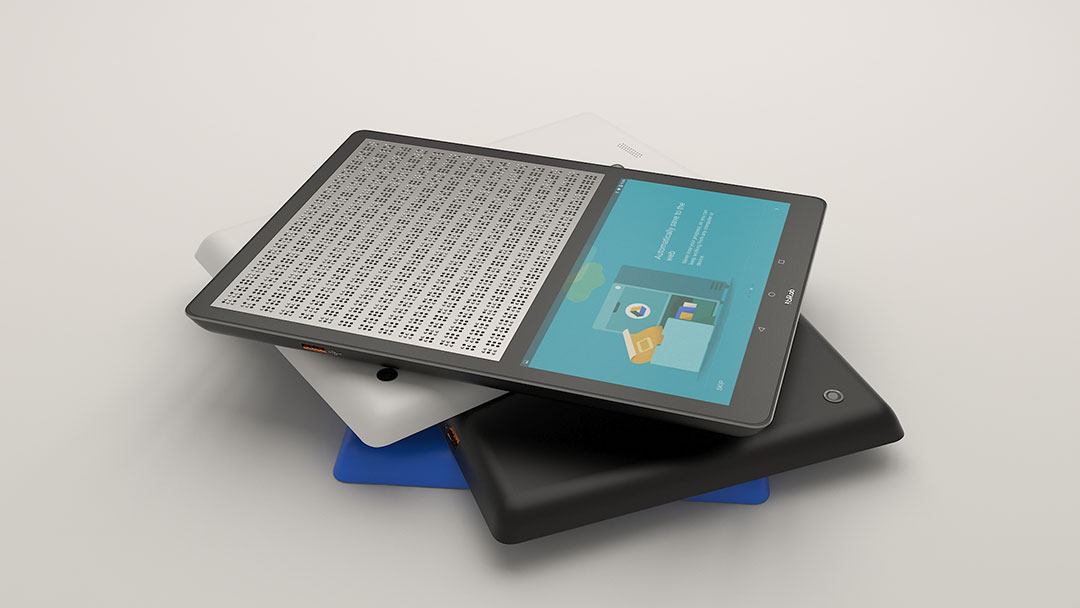Speech-to-Text Devices for Low Vision: Bridging the Communication Gap
Wiki Article
Discover Cutting-edge Tools Made for the Aesthetically Impaired
The development of innovative tools for the aesthetically damaged stands for a considerable improvement in availability and freedom. Technologies such as clever glasses with AI capacities and mobile applications developed to offer acoustic descriptions are improving everyday experiences for users. In addition, wearable gadgets that employ haptic feedback boost ecological awareness, while modern Braille advancements supply new means to involve with text. As these tools continue to develop, their effect on the lives of those with aesthetic problems elevates essential concerns about the future of inclusivity and freedom in numerous facets of life. What exists in advance in this technical landscape?Smart Glasses for Navigating

Smart glasses designed for navigation are reinventing the means visually impaired individuals engage with their setting. These innovative devices utilize a combination of electronic camera technology, artificial intelligence, and acoustic responses to offer real-time information regarding environments. By employing challenge discovery systems, wise glasses can inform customers to potential hazards, enabling safer movement in both unfamiliar and familiar settings.
The combination of GPS innovation even more improves navigation capabilities, allowing individuals to get auditory directions as they move. This hands-free strategy not just cultivates freedom however likewise encourages aesthetically damaged individuals to navigate metropolitan landscapes with raised self-confidence. In addition, lots of wise glasses are furnished with features that recognize sites and road indicators, offering contextual information that boosts the user experience.
Furthermore, the development of these tools is consistently progressing, with companies functioning to boost the accuracy of object acknowledgment and broaden the series of navigational attributes. As wise glasses become more accessible and cost effective, they hold the potential to significantly change every day life for visually damaged users. Inevitably, these innovative devices represent an essential action toward inclusivity, offering improved mobility and a higher feeling of autonomy for people browsing the globe around them.

Mobile Application for Daily Living
Exactly how can mobile applications improve the day-to-days live of visually impaired individuals? Mobile apps are revolutionizing the means aesthetically impaired users browse their atmospheres, manage day-to-day jobs, and gain access to information. These applications give crucial assistance through numerous performances, fostering freedom and enhancing quality of life.Numerous ingenious mobile apps are made particularly for day-to-day living. Applications like Be My Eyes link aesthetically impaired customers with sighted volunteers through video clip calls, permitting them to obtain real-time support with jobs such as reading tags or browsing unfamiliar rooms. Seeing AI, created by Microsoft, uses fabricated intelligence to explain environments, read text, and determine items, properly changing a smartphone right into a powerful tool for everyday aid.
Additionally, navigation apps tailored for the aesthetically damaged, such as Aira and BlindSquare, supply audio-based directions and environmental information, allowing individuals to traverse their surroundings safely and confidently. Beyond navigation and instant help, mobile applications additionally sustain company and job administration, with functions that aid individuals set tips, produce order of business, and track visits. In recap, mobile applications offer as essential resources, encouraging visually impaired individuals to lead more independent and satisfying lives.
Wearable Technologies for Support
Empowerment with innovation is progressively apparent in the realm of wearable devices designed to aid aesthetically damaged people. These ingenious tools integrate seamlessly right into everyday life, improving navigation and providing important feedback to customers. Smart glasses outfitted with cams can recognize faces and check out message aloud, permitting individuals to communicate even more confidently in social and expert settings.Another significant improvement is the use of haptic responses systems in wearable gadgets. These systems use vibrations or various other tactile signals to share info concerning the individual's setting, such as challenges or modifications in Wearable technology for low vision terrain, enhancing mobility and safety and security. Wearable innovations additionally include wristbands that link to smartphones, alerting customers to notices with refined vibrations, therefore boosting connection without reliance on aesthetic hints.
As these innovations continue to progress, they are not just enhancing independence for aesthetically damaged people yet likewise cultivating a better sense of incorporation in society. By linking the void between difficulties encountered in everyday living and the potential for autonomy, wearable innovations offer as pivotal tools in the mission for equal rights and empowerment for those with aesthetic impairments.
Audio Summary Tools
Audio summary devices play an important function in boosting ease of access for visually impaired individuals, providing them with the ability to engage with visual media. Mobility aids for visually impaired users. These tools supply narrated summaries of key visual aspects in films, television shows, and live efficiencies, making certain that individuals can fully comprehend the context and emotions shared with visualsAudio summary can be integrated into various systems, consisting of streaming solutions, movie theater screenings, and live movie theater. Several preferred streaming solutions now include audio description as an ease of access feature, allowing audiences to choose it easily. Along with conventional media, specialized applications likewise exist, offering audio descriptions for art events, galleries, and other cultural occasions.
The efficiency of audio description depends upon the ability of the narrators, who must share aesthetic details succinctly without diminishing the initial audio. Innovations in this area are likewise paving the way for even more tailored experiences, where individuals can adjust the degree of detail and pacing according to their choices.
Braille Innovations and Devices
Braille advancements and gadgets have actually considerably transformed the method aesthetically damaged people connect with message and details. Modern improvements have actually led to the growth of flexible tools that enhance proficiency and self-reliance amongst individuals.
Moreover, mobile Braille notetakers combine typical Braille input with contemporary performances, assisting in note-taking, scheduling, and record modifying on the move. Screen readers for the blind. These compact gadgets usually feature text-to-speech abilities, bridging the space in between Braille and auditory info
Additionally, innovative Braille printers have arised, permitting individuals to generate Braille labels, papers, and instructional materials efficiently. This availability cultivates greater participation in instructional and professional settings, inevitably promoting inclusivity.
Additionally, research study right into smart Braille modern technologies remains to expand. Gadgets that integrate fabricated knowledge are being explored to provide real-time navigation support and contextual information, enhancing the customer experience in varied settings. Generally, these technologies mirror a dedication to encouraging aesthetically damaged people via modern technology, guaranteeing they can conveniently accessibility and involve with the globe around them.

Conclusion
The innovation of innovative tools for the aesthetically impaired dramatically improves independence and high quality of life. Smart glasses, mobile applications, wearable modern technologies, audio description tools, and Braille advancements jointly empower individuals by supplying necessary navigation assistance, environmental recognition, and enhanced reading experiences. These modern technologies not only foster greater inclusion however also advertise autonomy in daily activities, eventually adding to a more equitable and accessible society for visually impaired individuals. Continued development in this field holds assurance for further enhancements.As smart glasses become extra cost effective and easily accessible, they hold the prospective to considerably transform day-to-day life for aesthetically impaired customers. Mobile applications are transforming the way visually impaired customers browse their environments, manage daily jobs, and gain access to information. Apps like Be My Eyes attach visually impaired individuals with sighted volunteers through video clip phone calls, allowing them to obtain real-time support with tasks such as checking out labels or navigating unfamiliar rooms.Furthermore, navigating apps customized for the visually damaged, such as Aira and BlindSquare, use audio-based directions and ecological info, enabling customers to traverse their surroundings securely and confidently.The innovation of ingenious devices for the visually damaged dramatically enhances freedom and quality of life.
Report this wiki page